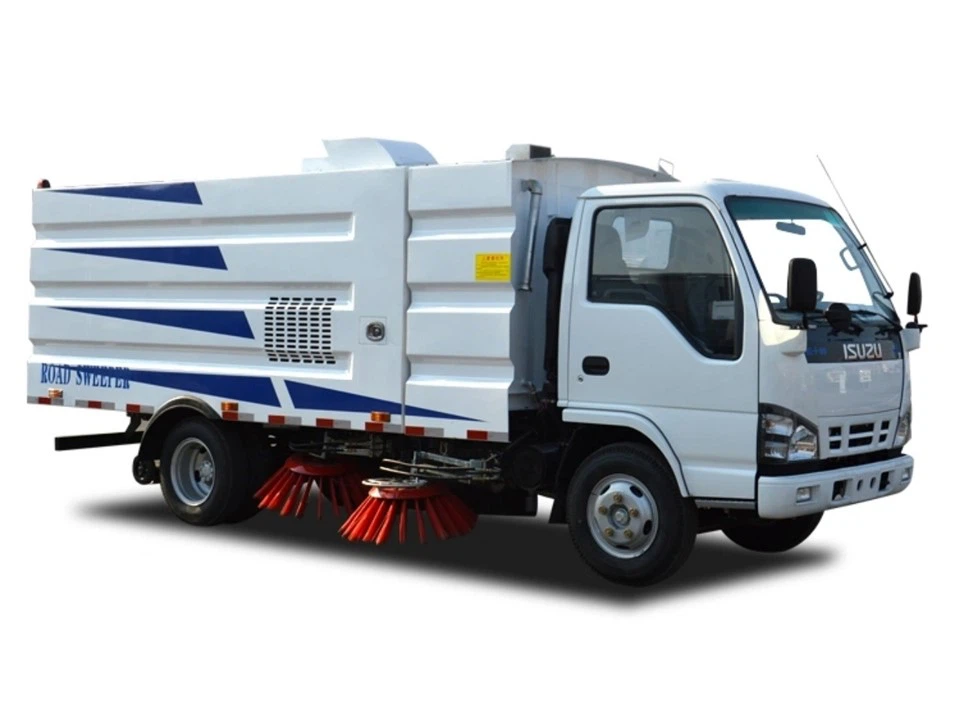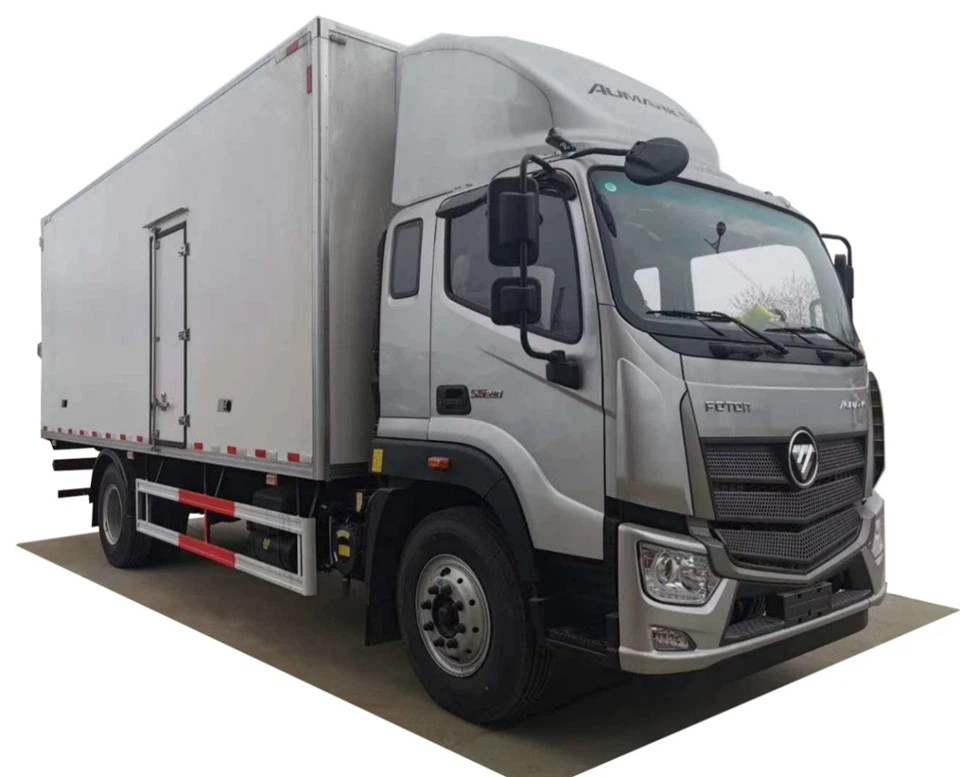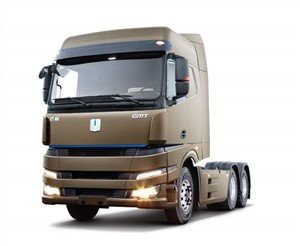Everything You Need to Know About Model Garbage Trucks

In today’s ever-evolving world of collectibles and hobbies, model garbage trucks have become an exciting niche within the model vehicle community. From intricately designed scale models to robust die-cast versions, enthusiasts of all ages can find something to enjoy. In this article, we will explore model garbage trucks in depth, discussing their history, types, collecting tips, and practical considerations for hobbyists. Whether you’re a seasoned collector or just starting, this comprehensive guide will provide valuable insights.
Understanding Model Garbage Trucks

Model garbage trucks are scale replicas of real garbage trucks used in waste management. They cater to a variety of enthusiasts, including children who enjoy imaginative play and adults who collect them for their craftsmanship. In this section, we will look at the history of these models and their significance in the modeling community.
The History of Model Garbage Trucks
The concept of model vehicles can be traced back to the early 20th century when manufacturers began creating scaled-down versions of various vehicles. Garbage trucks, specifically, gained popularity in the latter half of the century alongside the rise of the waste management industry. Today, manufacturers produce model garbage trucks in various styles, sizes, and materials.
The Importance of Model Garbage Trucks in Collecting
Model garbage trucks serve not only as toys but also as collector’s items. Many hobbyists enjoy the intricacies of the design, the engineering behind the models, and the nostalgia they evoke. Collectors often focus on specific brands, types, or eras, adding layers of complexity to their hobby.
Types of Model Garbage Trucks
When it comes to model garbage trucks, there are several types to consider. Each serves a different audience and fulfills various needs within the modeling community.
Die-Cast Models
Die-cast models are popular for their durability and excellent detailing. They are typically made from zinc, aluminum, or other alloys. Their weight and feel often appeal to collectors who appreciate high-quality craftsmanship.
Plastic Scale Models
Plastic scale models offer a lightweight alternative to die-cast models. They are popular among hobbyists who enjoy assembling models from kits. These kits usually come with parts that can be painted and modified, allowing for customization.
Wooden Models
Wooden models provide a unique aesthetic and often have a handcrafted quality. While not as common as die-cast or plastic models, they appeal to collectors and can include intricate details that showcase artistry.
Remote-Controlled Models
For those who want a more interactive experience, remote-controlled (RC) garbage trucks are available. These models often have functional features like working lifts and dumping mechanisms, offering an immersive play experience.
How to Collect Model Garbage Trucks
Collecting model garbage trucks can be a rewarding hobby. Here are some tips and strategies for building a successful collection.
Research and Know Your Market
Understanding the types and brands of model garbage trucks available is crucial. Follow trends through online forums, social media groups, and collector’s websites. Popular brands include Matchbox, Hot Wheels, and Dinky Toys.
Set a Budget
Model trucks can vary significantly in price. Determine your budget upfront to avoid overspending. Keep an eye out for limited edition models that may appreciate in value over time.
Join Collector Communities
Engaging with fellow collectors can enhance your hobby. Join local clubs, attend conventions, or participate in online forums where enthusiasts share tips, trade models, and organize events.
Maintain Your Collection
Proper maintenance is essential for preserving your models. Keep them away from direct sunlight to prevent fading, and dust them regularly to maintain their appearance. Use display cases to protect them from accidental damage.
Building a Model Garbage Truck from Scratch
For those adventurous hobbyists, building a model garbage truck from scratch can be incredibly fulfilling. Here’s a brief guide on how to start this project.
Materials Needed
- Plastic sheets or wood for the body
- Wheels and axles
- Paint and brushes
- Adhesive
- Detailing tools (saw, glue gun, etc.)
The Design Process
Begin by sketching your design. Consider the scale you wish to build. Next, gather reference images of real garbage trucks to guide your work. Aim for both accuracy and creativity in your design.
Assembling Your Truck
Cut and shape the materials based on your design. Assemble the components carefully, ensuring everything fits together smoothly. Focus on details like the cab, compactor, and rear loading features.
Popular Brands and Their Models
There are several brands that dominate the model garbage truck market, each offering unique products. Let’s take a closer look at a few of the most popular ones.

Matchbox
Matchbox is known for its extensive line of toy vehicles, including garbage trucks. Their models are typically die-cast and are great for play or display.
Hot Wheels
Hot Wheels has a reputation for speed and performance, but they also offer several garbage truck models that are perfect for collectors looking for fun designs.
Dinky Toys
Dinky Toys has a long history of producing high-quality, die-cast models. Their vintage garbage truck models are particularly sought after by collectors for their historical significance.
Practical Tips for Displaying Your Model Garbage Trucks
Proper display can enhance the visual appeal of your collection and protect your models from damage. Here are some practical tips:
Choose the Right Display Case
Invest in a display case that protects against dust, UV rays, and physical damage. Choose a case with clear panels for optimal visibility.
Organization by Theme or Type
Organize your models in a way that showcases their diversity. You can organize by brand, era, or color, which adds aesthetic appeal and makes it easier to maintain your collection.
Lighting Considerations
Good lighting enhances the look of your models. Consider LED lights that highlight different aspects of your models without causing heat damage. A simple track light or a display cabinet with integrated lighting can work wonders.
FAQs About Model Garbage Trucks
1. What scale are most model garbage trucks?
Most model garbage trucks are produced in scales like 1:24, 1:50, or 1:64, depending on the manufacturer. The scale affects the level of detail and size of the model.
2. How can I clean my model garbage trucks?
To clean your model trucks, use a soft cloth or brush to remove dust. For stubborn dirt, a mild soap solution can be applied, but avoid soaking the model. Always ensure it’s dried properly after cleaning.
3. Where can I buy model garbage trucks?
You can purchase model garbage trucks from hobby shops, online marketplaces, collector fairs, and specialty websites dedicated to model vehicles.
4. Are there any rare models worth collecting?
Yes, certain limited edition models or those produced in smaller quantities often appreciate in value. Brands like Dinky Toys and older Matchbox models can sometimes be worth significantly more than their original retail prices.
5. Can children play with model garbage trucks?

Absolutely! Many models are designed specifically for children, making them safe for play. Always check the age recommendations and safety guidelines of the specific model.
6. How do I identify a valuable model garbage truck?
Look for factors such as rarity, condition, packaging, and brand reputation. Models that are in original packaging (often referred to as “mint in box”) tend to be more valuable.
